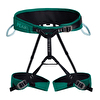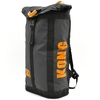Legendary Alexander Huber frees 'Mythos' (8c+) at Barmsteine
Alexander Huber has had a tumultuous 2024, from completely unexpected deep lows to hard-earned, intense highs. In February the 55-year-old German mountaineer - one of the leading figures in climbing for the last 30 years - was diagnosed with brain tumour and, literally from one day to the next, he underwent emergency surgery. Fortunately the tumour was successfully removed and benign, and what followed was a long road to recovery. Restarting his engines after a three-month full stop was far from easy, but over summer he – slowly but steadily – recovered and has now made two remarkable first ascents. The first is the aptly named Überleben, survival, a short multipitch at Brendelberg graded 7c, 7b, 8b. The second is Mythos at Barmsteine a 76m single pitch graded 8c+. Yes, that's right, 76m 8c+, climbed just months after life-saving brain surgery. We checked in with Huber to find out more about his "somewhat different year."
Alex, first off: its' great to be talking to you!
Thanks. And it's great to return to normal life a bit and be able to climb again!
Indeed! So tell us about your latest creation, Mythos
It's at the Barmsteine, my local climbing area. My backyard crag actually, because it's only about a 10-minute walk away. There are about 150 climbs here, the hardest 40 or so are above 8a and a lot of them were first ascended by me over the years. This newest addition is what I'd define as the king line of the crag, without a doubt.
Is it an old project?
I checked it out before knowing about my brain tumour. It's a seemingly completely blank wall, only slightly overhanging; last autumn I placed 2 bolts just to see if it would go or not. But then the tumour got in the way of things and I had to put everything, all my life, on hold. After the operation I slowly got back into the swing of things, but because I had meninges defect - the layers of membranes protecting the brain - I couldn't do anything for three months, no activity whatsoever. Finally I started climbing again in July and when I finally started to get better enough I worked the route on a fixed rope, using a self belay device. This route was ideal for that.
If I'm not mistaken, you freed a technical multi-pitch first?
Yes, Überleben on Brendelberg. It’s not really a multipitch, but a 70 meters sport climb which is naturally split into three short pitches, bolted by a good friend of mine, Gschlosei. Like Mythos, I worked it on microtraxion shortly before before my operation and at the end of February I actually managed to link all the moves, on the day before my diagnosis! It was the first route I could do after my operation and it felt good to be back in life. Hence the name Überleben, survival.
The day before your diagnosis? What d'you mean?
Well I toproped it on the Sunday, and noticed something wasn't quite right. I felt strange. I'd been having headaches throughout January and been to the doctor and neurologist, but nothing had come up. On that Sunday I climbed well, I was really strong, but my perception of surroundings wasn't perfect. On Monday I took the decision to go to a private radiology and buy a MRT and the images of my brain didn’t leave any doubts. I went to hospital and had to undergo surgery immediately.
That sounds terrifying.
Yes, it was quite shocking, but the good thing was that there was not much time to think about it. Then, as I mentioned, after the operation I wasn't allowed to do anything for months. Restarting the engines was hard but it was just wonderful to feel myself moving on rock. In June I climbed in "therapeutic mode" my first grade VII, in July a bit harder, and then I got good enough to climb Überleben and finally I started working Mythos. It faces north and is in the shade, so it was quite pleasant, but I knew that for the redpoint I'd need to wait for the temperatures to drop to around 8 or 10°C.
Alex you mentioned it's 76m long!
With the crux after 60 meters! It's a real mind game. There's a long section, about 25m high, where there is no single good hold or foothold. A continuous series of really tiny crimps that lead to the crux, a really thin sequence that's extremely technical. Super. Power won't get you anywhere here, what you need is precision and good footwork on these dodgy moves.
And a long rope!
The higher you get, the more you can feel the rope drag, and so on my redpoint I strategically chose to skip one bolt, just before the crux. When I got to the crux, I realised that I couldn't clip the next bolt as well, so in the end I pushed on through. I'd skipped two bolts at this stage, was 10m above the last bolt and with a 60m rope, I would certainly have fallen 30m. Thankfully I kept it together.
That would have been quite a whipper!
Yes. While working the route I took some 15m falls, which is quite far, but due to the nature of the wall, even big falls are safe.
Alex we've been following your ascents for decades and this latest climb, and above all your successful brain tumour removal, are obviously cause for celebration. Will we be seeing more hard routes in the future?
I'm done with climbing really hard stuff. At my age I simply don't have the strength to do really hard climbs anymore. But I can still climb with the same excellence on vertical or slightly overhanging walls, on technical terrain with tiny crimps. I'd say I'm still as good technically as I was 20 or 30 years ago.
First Überleben, now Mythos. That's an amazing comeback Alex!
First of all, I am really happy about being back to climbing. It helps me a lot to get through all this.It helped me see that even horizons which are seemingly out of sight can be reached… When I started working the individual moves of Mythos it felt very improbable, but then after a while I realised it could go. I actually know this process well, I've been here before so often, and so my redpoint wasn't really a surprising victory. But here, more than many other routes, the climbing is extremely insecure and I reckon I really was at my very limit.
What does this mean to you?
Well if you consider everything - the nature of the climb which isn't completely trivial, its length, my brain tumour, my 55 years of age even – if you bear all these factors in mind, then this is what makes me happy. And gives me the sensation that I’m working my way back into life.


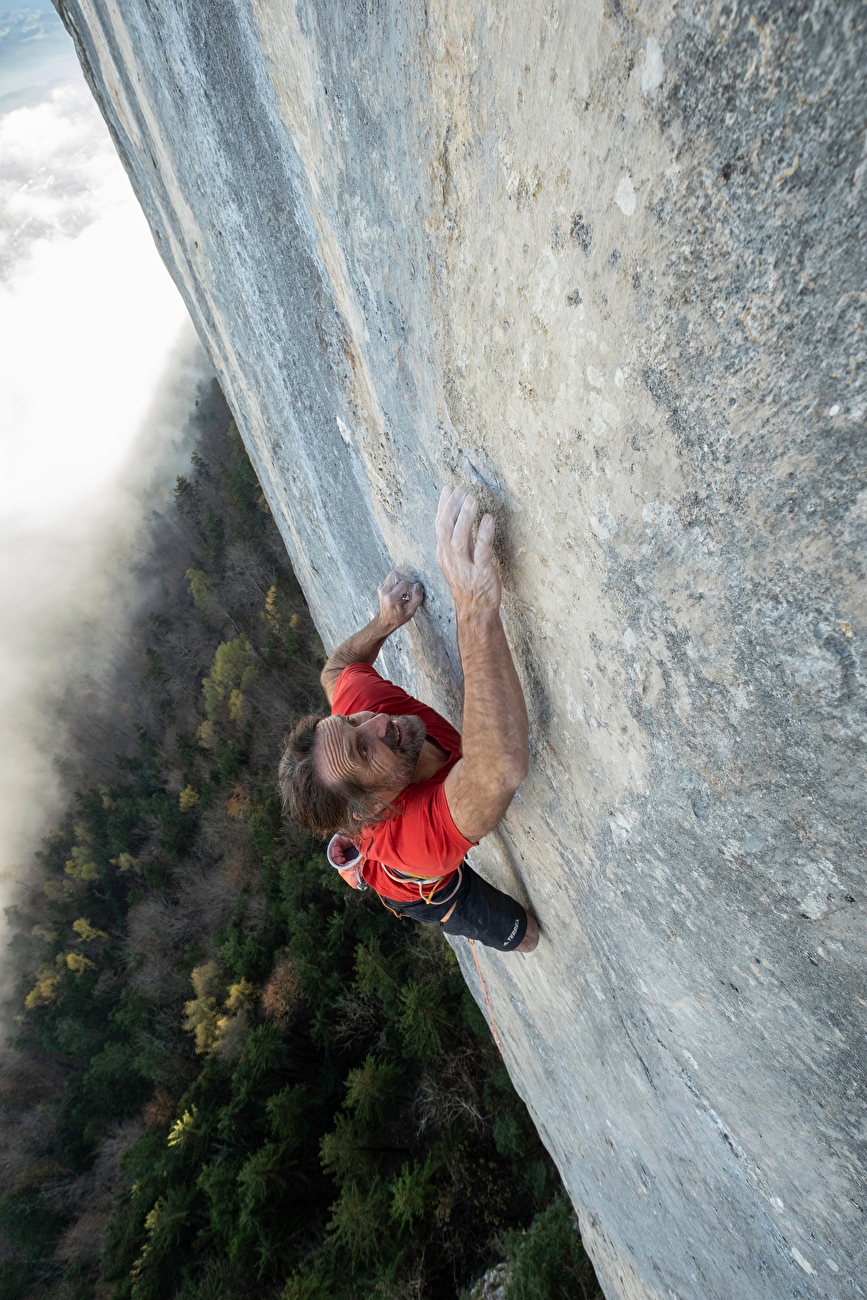
 1 / 61
1 / 61
 Copia link
Copia link

 Heinz Zak
Heinz Zak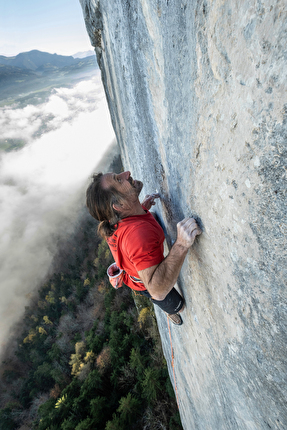
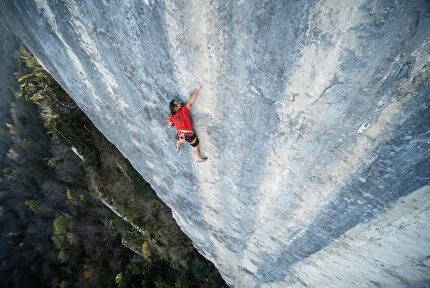
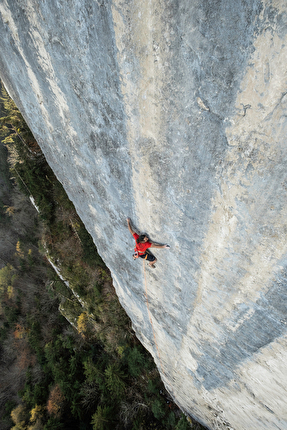
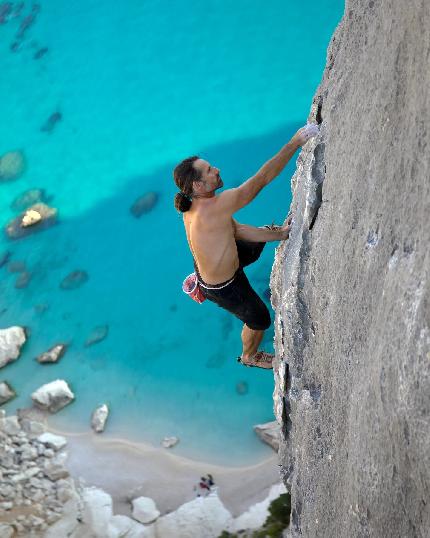

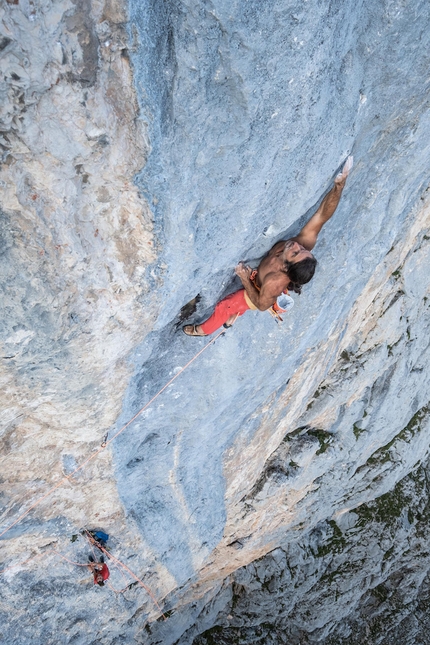
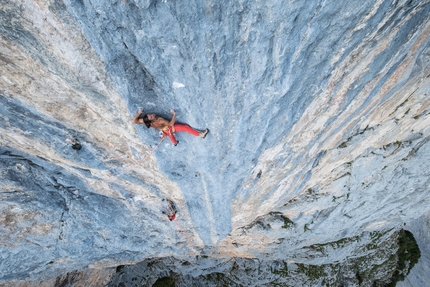


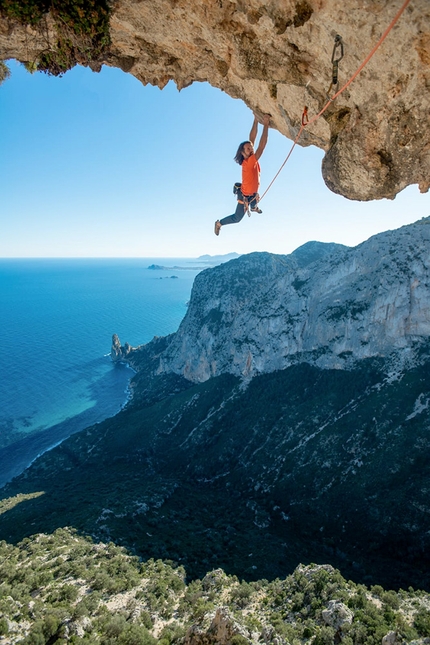
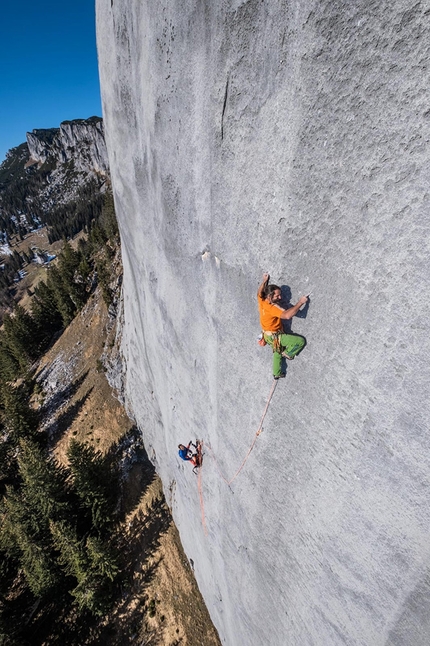


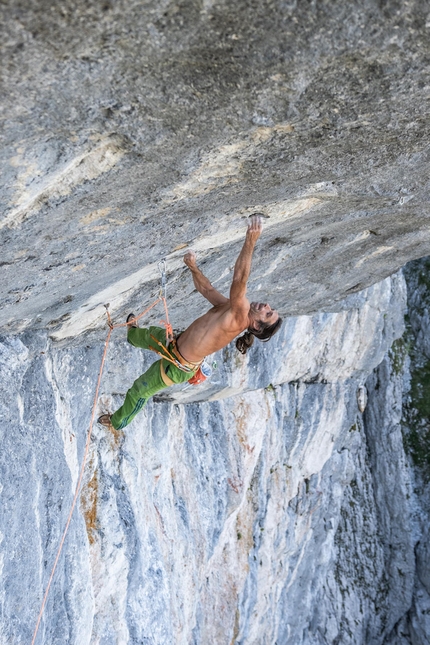


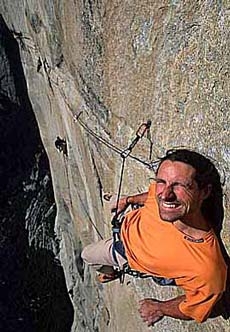

 See all photos
See all photos












